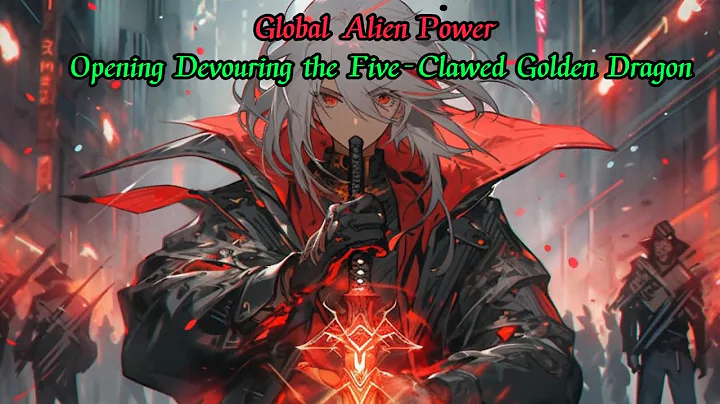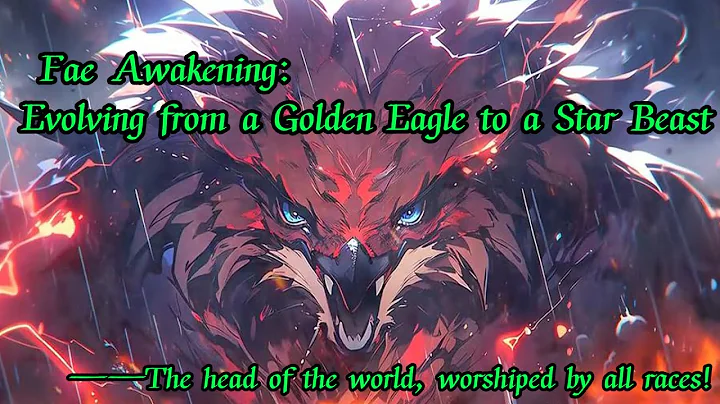
Author | Leng Yan author team - Qu Mofeng
Word count: 1637, reading time: about 4 minutes
Editor's note: As a unique skill for the weak side on the battlefield to reverse the situation and turn defeat into victory, decapitation tactics are often talked about by history buffs. When the enemy is outnumbered and the enemy is strong and we are weak, through a rapid and fierce surprise attack, we can kill the enemy's commander in the midst of thousands of troops, causing the enemy to collapse and seal the victory. How fascinating is this?
However, in real history, there are only a few cases of successful beheading tactics, and more often they fall short of success for Shan Jiuren, leaving eternal regrets. What's more, Polish King Wladyslaw III tried to kill Sultan Murad II in the battle of Varna when his own side had the advantage, but he was killed by the enemy instead. The Sultan's personal soldiers were beheaded, turning the Crusaders from victory to defeat, and the king who died in shame was reduced to regrets and jokes.
Why is the decapitation tactic not easy to succeed? Under what circumstances is it appropriate to use decapitation tactics?
First of all, generally speaking, the number of cavalry on one side using decapitation tactics may not necessarily be dominant, and it is often in the minority. However, it must at least have an extremely elite small-scale cavalry unit that can break out of the formation and raise the flag for assaulting the enemy. Fang Benzhen.
For example, in the history of Ran Min was defeated in the Battle of Yanwei Liantai, Ran Min's main force was infantry, and the enemy was outnumbered. Although he defeated Murong Ke ten times, it could not last long, so Ran Min used his elite cavalry to break into the Yan army's formation and tried to behead Murong Ke. But Murong Ke directly connected the cavalry into chain horse to use as human shields and alleviate Ran Min's armored cavalry assault. In the end, Ran Min's cavalry exhausted their energy and collapsed. Ran Min's army was defeated. I was also captured when my horse fell during the retreat.

▲Wu Dao Tianwang Ran Min
Obviously, the elite troops relied on for decapitation tactics are very easy to be depleted of energy. Because of the insufficient strength, facing the enemy's large depth, the impact force will be quickly depleted. This brings up another issue of how to successfully decapitate—if possible, try to strike the enemy intact.
The Battle of Hulao between Li Shimin and Dou Jiande is a good example. Li Shimin probably had a sophisticated spy network in Dou Jiande's army, so that he could accurately launch attacks with black armor cavalry when Dou Jiande's courtiers were worshiping, causing the command system of Dou Jiande's army to malfunction.
Therefore, although the Xuanjia Cavalry failed to eliminate Dou Jiande himself in the first wave of raids, the ensuing tidal collapse effect prevented Dou Jiande's army from returning to normal command. Dou Jiande was eventually pursued by the Tang army. Caught alive.

▲Li Shimin stills
And Guan Yu assassinated Yan Liang The Battle of the White Horse also took advantage of Yan Liang's unpreparedness. The brave Guan Yu acted as the arrow of the raiding team and rushed away. In the end, Guan Yu personally beheaded Yan Liang, making Yan Liang The army collapsed.
However, more raids and beheading operations ended in failure, for the reasons mentioned above. However, in the writings of historians, these beheading operations always failed, as if just a little bit more luck could successfully capture the enemy's commander-in-chief. Why?

▲Battle of White Horse, Guan Yu beheaded Yan Liang
One is the Spring and Autumn writing style of historians who sympathize with losers. For example, in the first Battle of Mohács, the Hungarian army was easily annihilated by the Ottoman . However, because Hungarian historians sympathized with the fall of their country, they joined the Hungarian King Lajos II in raiding Suleiman's main camp, arrows The shot on Suleiman's breastplate.
The second reason is that the decapitation tactic requires breaking through many layers of the enemy's formation. Due to the consumption of energy, it will only become more difficult the further you go. At the beginning, when faced with an assault force that was destined to die, the soldiers on the attacked side would not fight it with all their strength. After arriving in front of the enemy general, the soldiers responsible for protecting the general are also the most powerful line of defense.
Therefore, many raid battles seem to be one step away from victory, but in fact they are still thousands of miles away. For example, in the Japanese Warring States Period Osaka Summer Formation, Sanada Yukimura and Mori Katsunaga attacked Tokugawa Ieyasu the main formation before and after, breaking through many fronts, but ultimately ended in failure. Tokugawa Ieyasu's personal soldiers Not even put into combat.

Of course, there are examples where success is only one step away and the success falls short. Such as Cao becomes a dragon 's raid in the Battle of Songjin. This is based on the fact that Huang Taiji does not like to use elites to protect itself, but likes to send elites to the front line to fight. In his early years, Huang Taiji was almost killed by the pincer attack of Mangui and Zhao Shujiao, but he did not learn his lesson, so he was almost killed by the Ming army in the Battle of Songjin. However, Cao Bianjiao's raid still ended in failure. This can only be summarized by the fact that destiny is in and gold is behind.
Finally, one may ask, can infantrymen perform decapitation tactics?
is OK, but the conditions are higher. The representative is the famous battle of Oda Nobunaga, the head of the three heroes of Japan's Warring States Period - the Battle of Okehazama.

In this battle, Imagawa Yoshimoto's team was stretched in the valley. Oda Nobunaga led the infantry team to rush down from the ridge, unexpectedly attacked his own formation, killed Imagawa Yoshimoto, and caused the Imagawa army to collapse. This not only requires extremely strong battlefield combat capabilities, but also is critical to mastering geography. Since infantry is not as mobile as cavalry, the surprise of a surprise attack is much lower. This is why there are very few examples of infantry completing beheading operations.
This article is an original manuscript by the Cold Weapon Research Institute, with the original outline of the editor-in-chief and the seal of the author Qu Mo. It may not be reproduced by any media without written authorization. Violators will be held legally responsible. Some pictures come from the Internet. If there are any copyright issues, please contact us.





















